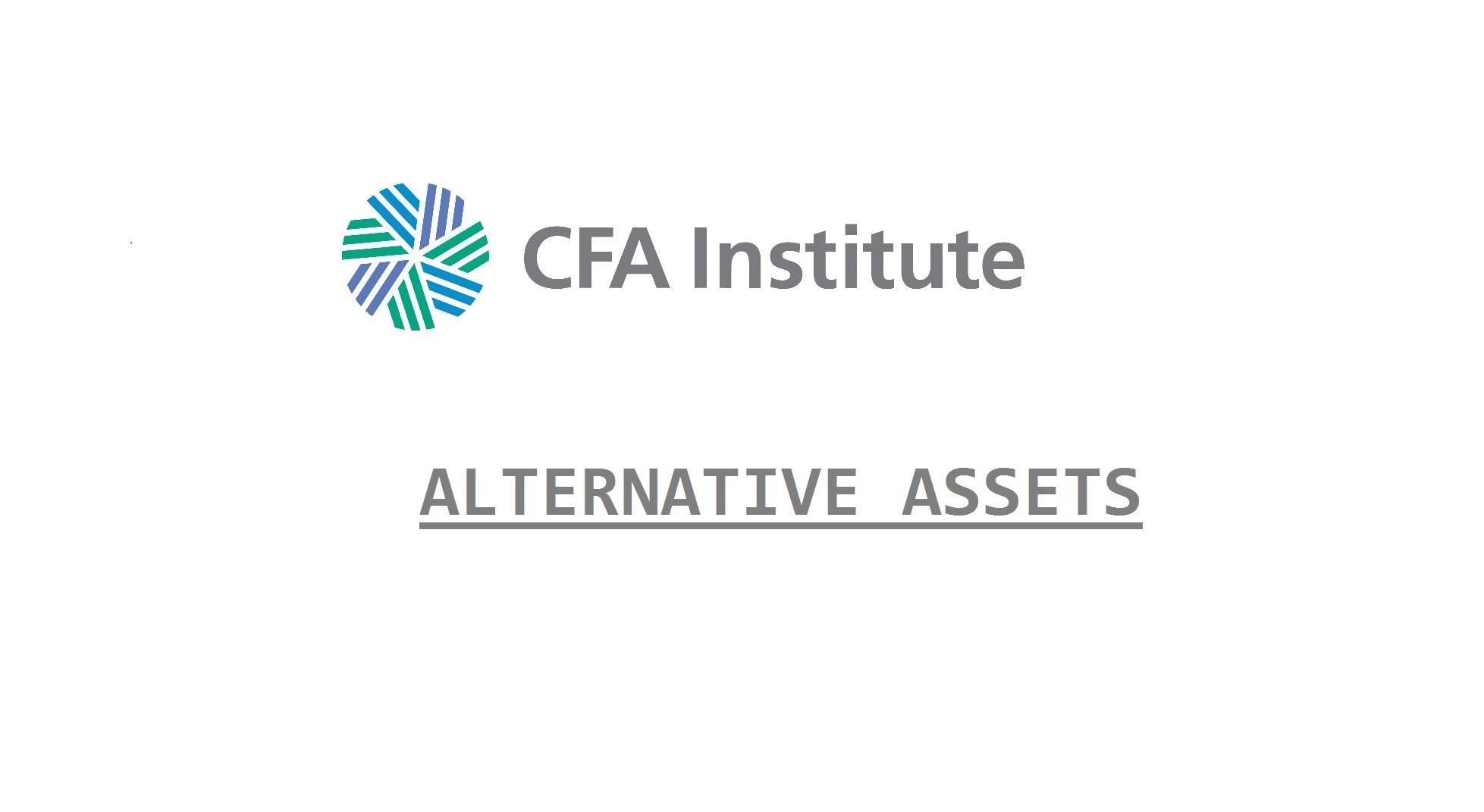Below is a framework for how the common alternative strategies are generally perceived to affect the risk/return profile of a normal 60/40 portfolio of public stocks and bonds.
In the context of asset allocation, investors may categorize an asset class based on the role it is expected to play in the overall portfolio. The roles and their relative importance will vary among investors, but it is common to identify the following functional roles:
- Capital growth: This role may be a top priority for portfolios with a long-term time horizon and relatively high-return target. Usually, public and private equity investments would be the most obvious choices for this role.
- Income generation: Certain asset classes, like fixed income or real estate, are capable of generating reasonably steady cash flow stream for investors.
- Risk diversification: In the case of an equity-oriented portfolio, investors may seek assets that diversify the dominant equity risk. Real assets and several hedge fund strategies may fit here. Similarly, fixed-income investors may be interested in diversifying pure yield curve risk via private credit.
- Safety: Certain asset classes may play the role of safe haven when most of the risky asset classes suffer. Government bonds or gold may potentially play such roles in a well-diversified portfolio.
Hedge funds. Some hedge fund strategies, such as equity long/short or short bias, may somewhat reduce a portfolio’s overall equity beta but are mainly expected to increase returns through their managers’ security selection skill. Other hedge fund strategies, such as merger arbitrage or global macro, may be less correlated with traditional asset classes.
Private equity. For a portfolio of public equity securities, an allocation to private equity has limited diversification potential because public and private companies face essentially the same risk factors. Thus, the main function of private equity in the portfolio is to increase expected returns.
Private credit. This class of alternative investments include both direct lending and distressed debt. Direct lending is primarily an income-producing investment. For a given range of credit quality, the risk-return profile tends to be similar for direct lending and publicly traded debt, except that direct lending has additional risk (and an expected return premium) due to its illiquidity. Distressed debt has a risk-return profile more like equity securities, because factors specific to the issuer have a greater effect on the debt’s performance than factors that affect fixed-income investments in general.
Commercial real estate. Real estate investments can hedge inflation risk. Both rental income and the value of properties owned may increase with inflation.
Real assets. Assets such as commodities, farm and timberland, and infrastructure also protect against inflation risk. Asset holdings can target particular subsets of inflation risk, such as energy, food, or building materials. Infrastructure investments require a longer time horizon and their correlation with inflation may be limited, for example, by utility rate regulations.
- Timber investments provide both growth and inflation-hedging properties in a multi-asset portfolio. Growth is provided through the biological growth of the tree itself as well as through the appreciation in the underlying land value. Timber’s inflation-hedging characteristics are derived from the unique nature in which the value of the asset is realized: If the market for timber products is weak, the owner of the asset can leave it “on the stump” waiting for prices to rise.
- Farmland investing involves two primary approaches. The higher return/risk strategy involves owning the farmland while providing the farmer a salary for tending and selling the crops. The investor retains the commodity risk and the execution risk
- Energy investments consist of strategies that focus on the exploration, development, transportation, and delivery of energy (primarily oil and natural gas-based energy sources but also increasingly wind, hydroelectric, and solar) as well as all the ancillary services that facilitate energy production.
- Infrastructure is a strategy that typically involves the construction and maintenance of public-use projects, such as building bridges, toll roads, or airports. Because of the illiquid nature of these assets, the holding period associated with these funds can be even longer than the typical illiquid strategy, with some lasting 20 years or longer. These assets tend to generate stable or modestly growing income, and the asset itself often requires minimal upkeep or capital expenditures once built. The revenue generated by the assets tends to have high correlation with overall inflation, though it is often subject to regulatory risks because governmental agencies may be involved in price setting with certain jurisdictions and assets.
